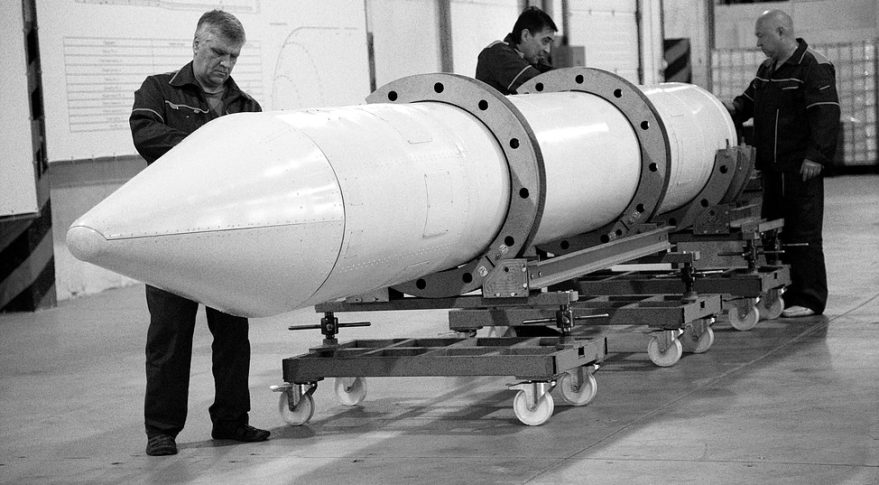Skyrora would launch a suborbital test flight in the fourth quarter of 2018. The UK-based company aims to meet the increasing demand for small satellite launches in a cost-effective manner. In order to achieve this mission, a part of its strategy consists in setting up a facility to launch smallsats from Scotland. For now, Skyrora is completing the suborbital build.

Speaking about the manufacturing of the components, Daniel Smith, business development manager at Skyrora, told Spacenews: “Things are moving very rapidly at this point. We’ve already 3D-printed various parts of our sub-orbital test vehicle and are in advanced talks about testing our engines here in Britain. We expect to grow our U.K. team substantially in Q1 2018, particularly on the manufacturing side of the business.”
Characteristics of the Skyrora 1, the first vehicle that will be launched, show that it can generate 30 kN of thrust at sea level.
The British experience with the expertise of Ukrainian aerospace industry
It should be noticed that the aerospace industry is a very competitive market. Rocket Lab for instance, a small company, launched its first electron rocket equipped with a 3D printed Rutherford engine. Small companies quickly become the main competitors of national space agencies to go to space more often. The investment funding went up to $ 75 million for a start-up investment of $ 148 million.
Back to Skyrora…The company decided to collaborate with Ukrainian aerospace industry.
“The use of advanced manufacturing techniques, including 3D printing, access to expertise in Ukraine and our choice of propellant/oxidizer will give us an edge in what is becoming an increasingly competitive market,” said Smith.

Last, as far as costs are concerned, the company admits that its use of Black Arrow-inspired technology will also enable the team to reduce the cost of space launches.
“Our decision to use hydrogen peroxide and kerosene came about for a variety of reasons, and we do appreciate the link with Black Arrow and feel a certain sentimental connection to that project,” according to Smith. “We’re actually planning to sponsor the build of a full-size replica Black Arrow for the Wight Aviation Museum, as we’d like to help ensure that future generations are aware of the fascinating story of Britain’s first and only satellite launcher to date.”
For further information about 3D Printing, follow us on our social networks and subscribe to our newsletter!





